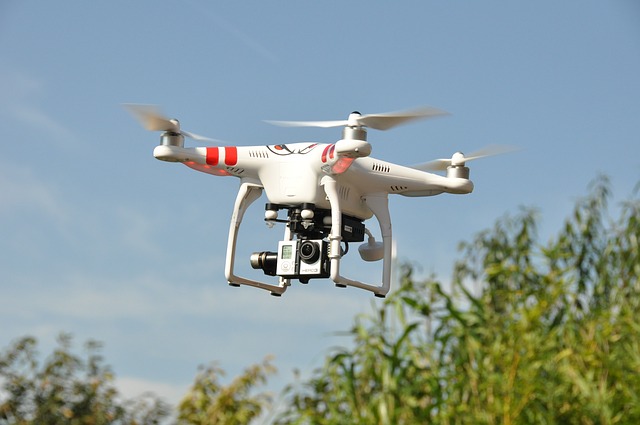Drones and Quadcopter Safety

In the last few years Drones have become increasingly popular not just for commercial and military use but with households all over the USA. This rise in popularity has resulted in concerns regarding safety and privacy. The FAA [Federal Aviation Administration] now requires drones for commercial and recreational use to be registered. There are also a number of laws and guidelines now in place to regulate their use.
You can read a FAQ from the FAA here https://www.faa.gov/uas/faqs/ which should a broader understanding.
Registration is required for Drones that weight between 0.55 lbs. [250 grams] and 55 lbs. [25kg] and it is mandatory in the USA. You need to register before your first flight and be over the age of 13 to register online.
Many light-weight drones and what are described as Nano-drones are hitting the markets now that are lighter than 250 grams.
Here are some of our Safety tips for Drones but do check out the FAA website for further guidelines and regulations.
With the increasing affordability of unmanned or remotely controlled aircraft, quadcopter flight and photography is a great hobby for enthusiasts to take part in. However, since these are still expensive pieces of equipment, and cause serious harm to property and human bodies, there are some very important safety rules to keep in mind when you are flying a quadcopter.
The first rule that must always be adhered to is to keep the aircraft in your direct line of sight. If you can’t see your quadcopter, you can’t see where it is going and what obstacles are in its way. As long as you can see it, you can respond quickly to it movements, and there is less chance that you will lose your radio connection between your controller and your aircraft. This significantly reduces the chances that you will lose control of your aircraft.
Always make sure that you stay well away from people, trees, buildings, and other things that your quadcopter may collide with. The minimum distance that is recommended is thirty feet, or just over nine meters. This ensures that even if you lose control, you will not cause damage or injury to nearby people or structures, and also helps minimize the damage that would be caused to your quadcopter in event of collision.
Never, ever fly your aircraft over people. These are dangerous pieces of equipment and if your quadcopter falls over a crowd, you can cause very serious injuries for which you can be held legally responsible.
Since most manned aircraft is required by law to keep above 500 feet above ground, in order to give yourself a good wide berth to avoid collisions it is a good idea, as well as legally required in many areas, to keep your quadcopter under 400 feet above ground. As well, keep at least five miles or eight kilometers away from airports, as your aircraft presents a hazard to planes taking off and landing. Always avoid manned aircraft, as you can cause a crash if your quadcopter interferes with its systems.
In order to gain the best control of your aircraft, practice flying it at low elevations and in open spaces. This will minimize the damages caused while you are still learning how to control your quadcopter. When you are making adjustments in the course of your quadcopter, adjust your control stick in very small increments to avoid sudden, jerky movements. It will help you keep your craft under control. Remember that smaller, lighter aircraft are easier to control and safer than heavier aircraft.
When performing maintenance on your quadcopter, always unplug or take the battery out of your machine. It is far too easy to accidentally turn the machine on while you are attempting to fix it, and this can cause you serious damage. The rotor blades are very dangerous and are known to take fingers off of careless individuals. With this is mind, always keep your hands away from the blade even when it is turned off.
Conclusion
As Drones become more popular amongst hobbyist and commercially we predict that there will be further regulation so make sure that you keep up to date with the latest news. If you treat the health and safety aspects of this fun hobby seriously you will entail that you don’t harm yourself or others and have great fun in the process.





